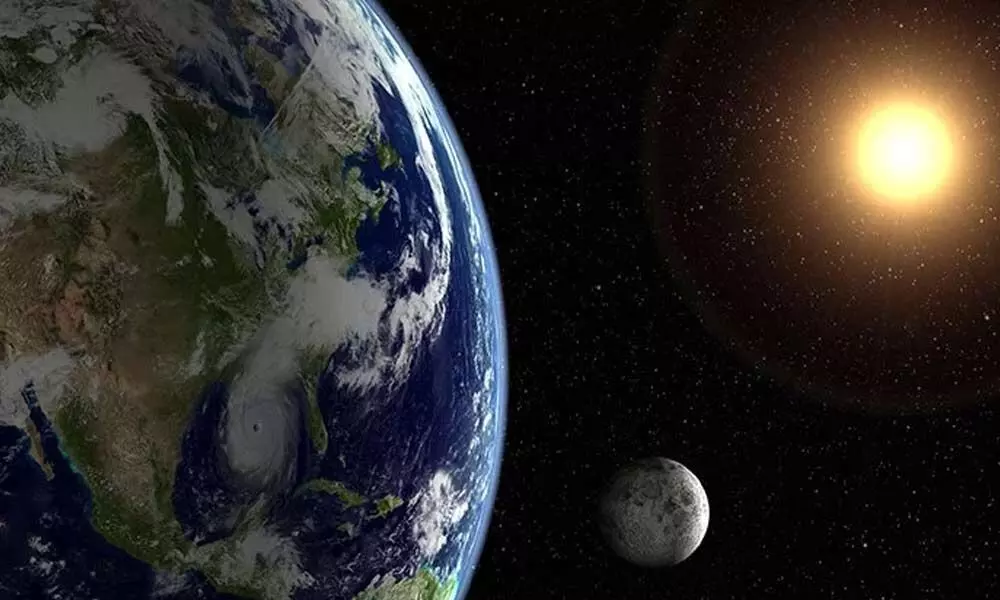The Gravity Of The Sun And Moon Has A Real Effect On Flora And Fauna Activities

(photovideostock/E+/Getty Images)
- The gravitational forces of the Sun and Moon certainly seems to effect flora and fauna activities,
- The regular oscillations possess two daily cycles and are regulated monthly and annually by the motions of these two heavenly bodies.
According to new research, the gravitational forces of the Sun and Moon certainly seems to effect flora and fauna activities, however the particular methods by which this occurs are unknown.
Including a conceptual of prior studies, gravitational tides can affect how animals and plants sleep, move, and grow while other causes such as night and day cycles are taken into account. Whereas the Sun and Moon's gravitational tides are quite modest about a millionth of the pull of Earth's gravity when united the research reveals that they are nevertheless an important factor to think about when evaluating organisms' behaviour.
The regular oscillations possess two daily cycles and are regulated monthly and annually by the motions of those two heavenly bodies. All species on the earth have developed in this context.
According to a 1965 study, the researchers examined at three previous studies in particular, all of which had gravitational tide data. However when isopods notably tiny, shell-less crustaceans were transplanted to water in the lab with an artificial tide, their swimming patterns followed the flow of the ocean's gravitational tides with cycles of roughly 12.4 hours.
A further origin was a 1985 research using coral, wherein coral growth and larvae development were demonstrated to mimic local gravitational tides within the effect of the Sun and the Moon.
Furthermore, a 2014 study of sunflower seed germination which was supported up by further experiments conducted by the meta-analysis' authors discovered evidence that germination was in sync with lunar and solar gravitational patterns. The researchers also referenced to a number of other earlier studies.
Biophysicist Cristiano de Mello Gallep from the University of Campinas (UNICAMP) in Brazil told Agência FAPESP explained that local gravitational tides are adequate to organise the cyclical activity of these creatures in the absence of other rhythmic effects such as lighting or temperature, according to the data. This result casts doubt on the validity of so-called free-run studies, in which a variety of environmental variables are regulated but gravitational oscillations are ignored. These oscillations are still present, and they have the potential to influence the behaviour of living creatures.
Meanwhile, the impact of these tides on animals and plants has indeed been studied in scientific researches for many decades, but the goal of the new meta-study was to highlight its high prevalence and the necessity to include it more broadly in research efforts.













